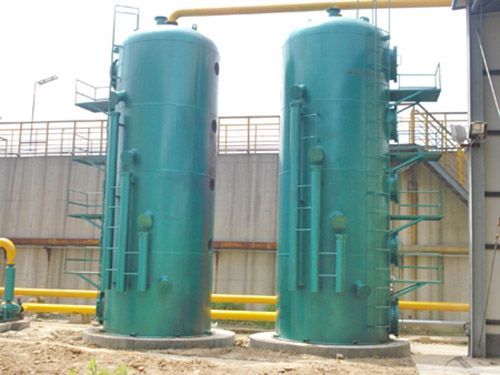09
2021
-
11
Selection of desulfurizer
In the past, calcium-based desulfurizers were widely used, that is, CaO+CaF2+C or CaO+CaC2+CaF2. As for magnesium, it has long been recognized that magnesium is a strong desulfurizer. After magnesium enters the molten iron, it vaporizes immediately and reacts chemically with sulfur in the molten iron.
In the past, calcium-based desulfurizers were widely used, that is, CaO+CaF2+C or CaO+CaC2+CaF2. As for magnesium, it has long been recognized that magnesium is a strong desulfurizer. After magnesium enters the molten iron, it vaporizes immediately and reacts chemically with sulfur in the molten iron. The fluid in the reaction zone is strongly stirred, and the kinetic conditions of the desulfurization reaction are simpler than other methods. Solid-liquid two-phase reaction conditions are better. From a thermodynamic point of view, the solubility product of magnesium and sulfur in molten iron decreases with temperature, so the treated molten iron has secondary desulfurization during transportation. Magnesium can prevent molten iron from returning to sulfur . However, due to its high price and flammable and explosive chemical properties, it is generally not dared to care about it. In the early days, magnesium was made into magnesium coke, magnesium aluminum, magnesium dolomite, etc., and added to molten iron as lumps. In recent years, the wire feeding method has been developed, and good desulfurization effects have been achieved. However, in the large-scale molten iron pretreatment process has not been widely used.
In the 1970s, the Ukrainian Azov Steel Works of the former Soviet Union used the injection method to spray pure magnesium particles into the molten iron tank to achieve desulfurization. In the 1980s, technological development required higher and higher purity of steel, and people Noticing the desulfurization function of magnesium, magnesium injection desulfurization began to rise. In the west, since a large number of molten iron pretreatment facilities with calcium spraying powder desulfurization have been built, it is impossible to dismantle and build another one. However, in order to meet the increasingly high requirements for steel quality, magnesium is generally added to the original injection system. Granule injection tank, used in conjunction with the original powder, adjust the proportion and method of adding magnesium according to the degree of desulfurization, or mix magnesium particles into the calcium powder in a certain proportion and still use the original injection system for injection, The so-called composite magnesium desulfurization injection process is formed.
There are currently three processes for hot metal pretreatment injection: calcium-based desulfurizer process, composite magnesium desulfurizer process, and pure magnesium particle desulfurizer process. Among them, the composite magnesium process is evolved from the calcium-based desulfurizer process. There is no difference between the two in terms of method and process equipment, but the effect is quite different due to the different desulfurizers used, especially for the deep desulfurization of molten iron ([s]≤0.005%), the calcium-based desulfurizer seems to be unable to do what it wants, even if it can barely achieve , also at the cost of large consumption, large amount of slag, longer treatment period and greater temperature loss and metal loss of molten iron. Long treatment period and high treatment cost make calcium desulfurizer The field of desulfurization is basically eliminated. The composite magnesium desulfurizer can meet the desulfurization requirements of molten iron in different degrees, with short treatment cycle and low comprehensive cost, so it is widely used. However, the composite magnesium desulfurizer process is inferior to the pure magnesium granule desulfurizer process. The pure magnesium granule desulfurizer process consumes less desulfurizer, less carrier gas consumption, less slag and flue gas, and no toxicity. material, the treatment period is short, the temperature drop of molten iron is small, the metal loss is also less, the operation is more convenient, and the depth of desulfurization is beyond the reach of other methods, no matter "deep desulfurization ([s]≤0.005%) or "shallow desulfurization" ([s] ≤0.02%), its overall cost is low. Ukraine has compared the technical and economic indicators of the pure magnesium desulfurization process with the composite magnesium desulfurization process adopted by the United States and Germany. The amount of sulfur is 0.040%.

Related information
2023-08-08
2022-07-28



